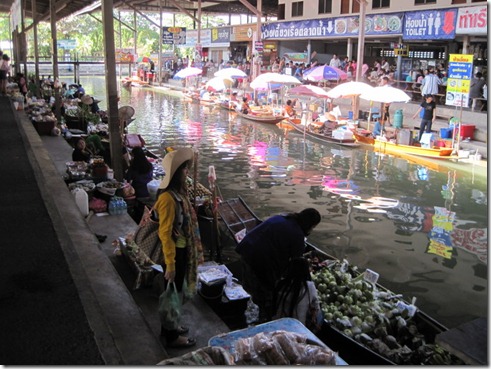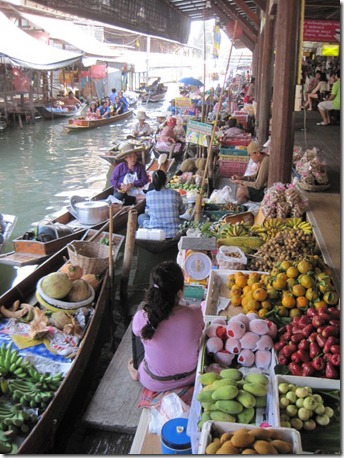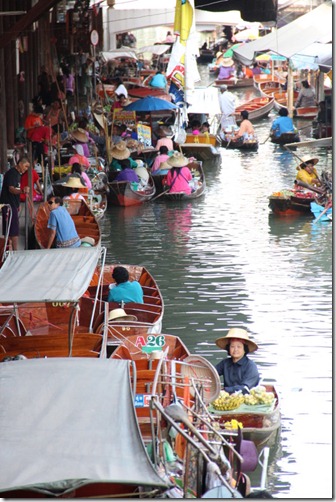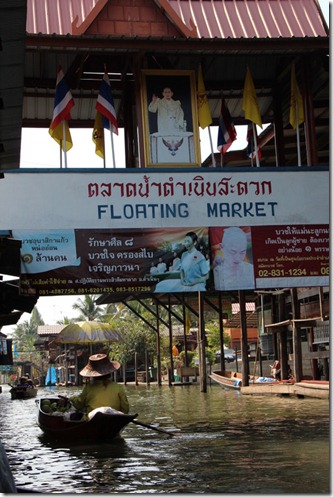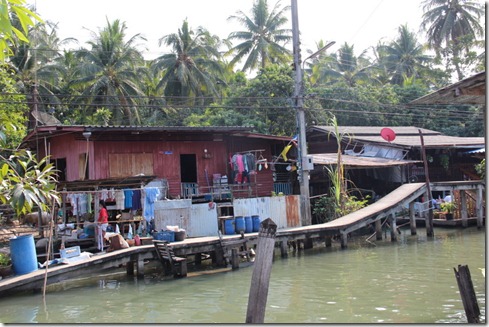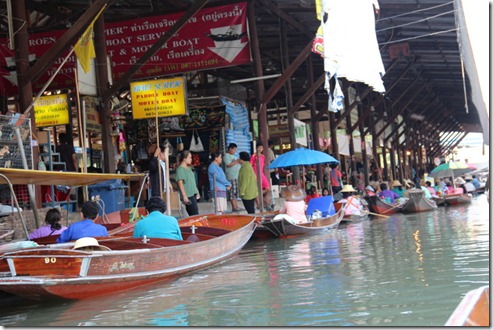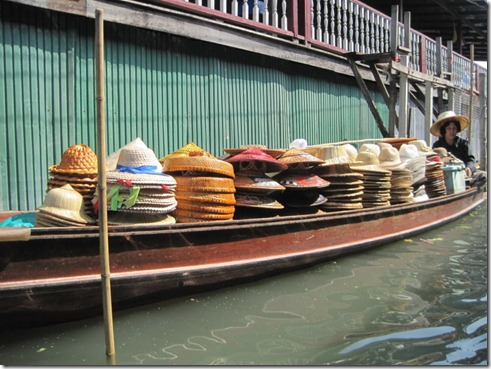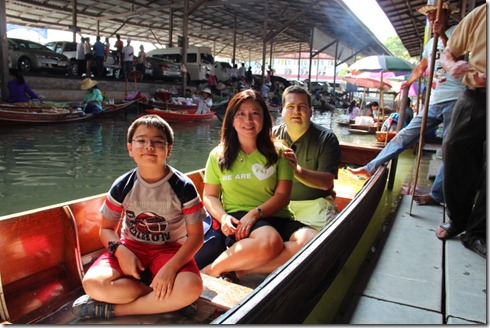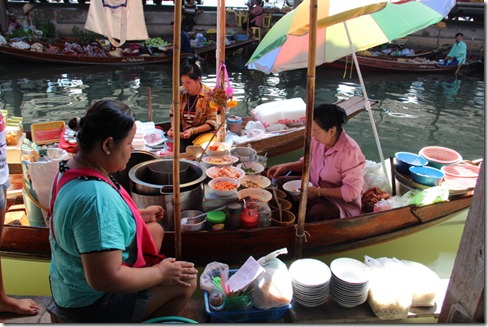Twitter as a Marketing Tool
I’ve been using Twitter for the past few months to connect with other writers, meet new acquaintances, and build a following for my writing. Some successful authors claim that their sales took off after they built a Twitter following, and I believe them. Based on my preliminary efforts, Twitter seems a more effective marketing tool than Facebook, LinkedIn, Google+, and other social media sites. This, of course, could change over time, as the executives at MySpace can attest. Other social media sites have their own benefits. In my opinion, Facebook is a better forum than Twitter to connect with friends and family who may be the only ones supportive of your writing at the outset of your career.
My quest to figure out what works on Twitter has been one of trial and error learning how to use Twitter effectively. The result has been good, so far, with my number of followers increasing more than 300 percent in December 2011 and already up by a third one week into January 2012 (thank you, followers!). One ebook giveaway I tried received several responses; an offer to purchase my ebook at a discount did not net any new sales. I will continue to offer a mix of incentives to attract readers until I find a strategy that works.
I’m slowly getting the hang of Twitter. I’ve found that unless you want to buy followers, it simply takes time to build a following. Buying followers is ethically suspect and defeats the purpose of building lasting relationships. Simply put, tweeting, or sending messages (tweets), takes time.
When you tweet, it’s important to:
- Follow others. The best way to gain new followers is to follow others. Search “Who To Follow” to find others who tweet about your interests and follow them. Twitter will then suggest others you might want to follow. Many will follow you back. Unless you’re a celebrity, you’re probably going have to knock on doors first.
- Post relevant content. I like to post links to breaking news articles related to my interests. I like travel, politics, and self-publishing, so many of my tweets focus on these subjects.
- Have a brand. Focus on what’s important to you and tweet about it. Those interested in finding you will. If your brand is based on a popular character, such as a protagonist in a book or your pet, and you have the right to represent them, you can set up an account for them and tweet on their behalf.
- Be creative. Those who have something interesting to share or assume a creative persona on Twitter tend to do well. Some cats have larger followings than most humans.
- Public thank yous. Thank followers publicly for following you by tweeting it. I have a small following and still send individual “thank you” tweets to new followers with a personal note attached. Some with more followers write “thank you” and list new followers in a single tweet.
- Retweet. Repost newsworthy items posted by your followers. When they mention you to their followers, thank them publicly.
- Direct messages. Send private messages to followers in order to cultivate relationships. Be genuine and sincere, not patronizing. I don’t think it’s a good idea to send a spam ad to new followers as a message, although some do. Product placement is okay as long as what you’re offering is of interest to your followers.
- Tweet frequently. Tweet as often as you can. Since none of us can tweet 24 hours a day, use a site such as BufferApp to program tweets to post automatically while you’re away. Keep them relevant. I started posting humorous “Your Friendly Sleeptweeter” tweets while I’m away that play up the fact that I’m still tweeting while I’m sleeping. Here’s an example: “Greetings from your friendly sleeptweeter. I’m just passing through on my way to dreamland to greet you with a hearty zzz.”
- Sell, but don’t overdo it. It’s okay to advertise something you’re selling such as a book, but do it sparingly. I’ve read that a 20:1 ratio (one advertisement per 20 tweets) is a good ratio. The more you look like a pusher, the more you will turn off your followers.
Only time will tell if these efforts will pay off for me. They seem to be working so far, and I’m looking forward to seeing whether these efforts bear more fruit in the coming year.
Follow me on Twitter at @m_g_edwards. I’m happy to follow back.
M.G. Edwards is a writer of books and stories in the mystery, thrill and science fiction-fantasy genres. He also writes travel adventures. He recently published a collection of short stories called Real Dreams: Thirty Years of Short Stories available as an ebook and in print on Amazon.com. He lives in Bangkok, Thailand with his wife Jing and son Alex. For books and stories by M.G. Edwards, visit his web site at www.mgedwards.com.



